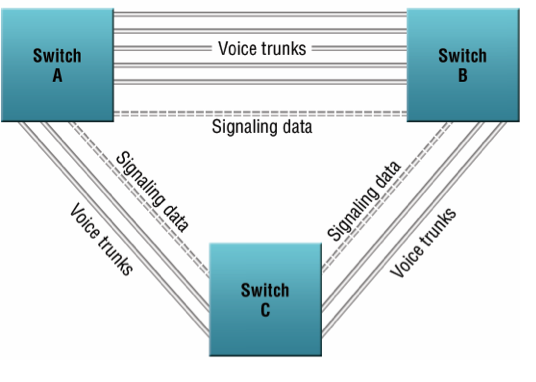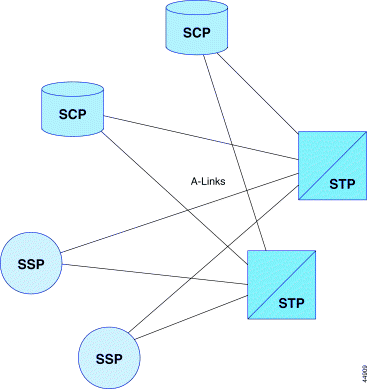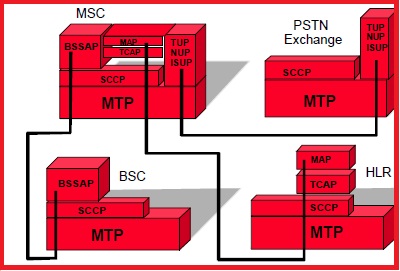The telecommunications industry heavily relies on various protocols to facilitate the exchange of information between different network elements. One of the most important protocols in this context is the SS7 protocol.
What is SS7?
The SS7 protocol (Signaling System 7) is a set of signaling protocols used to control the setup, management, and teardown of telephone calls and text messages over the Public Switched Telephone Network (PSTN) and 2G/3G mobile networks.

SS7 is a signaling network (data traffic) protocol used to send and receive signaling messages between Signaling End Points over dedicated signaling links. Operators deploy SS7 services over a dedicated network of 56- or 64-kbps Time Division Multiplexed (TDM) lines or use high-speed T1 (1.5 Mbps) or E1 (2.048 Mbps) lines. SS7 uses centralized databases and services, achieves reliable connections through network management, and is secure because of its isolation from end users through the dedicated network. SS7 signaling is mature, with standards and a rich feature set, and offers these advantages to both wireline and wireless services.
What are the components of SS7?
Signaling System No. 7 (SS7) is a telecommunications protocol used in public switched telephone networks (PSTNs) for exchanging information between network elements to set up, manage, and terminate phone calls. The SS7 protocol stack consists of several components: signaling points, signal transfer points, service switching points, home location registers, and visitor location registers.

The Components of SS7 are:
- Signaling Points (SP) – These are network elements responsible for initiating, processing, and terminating signaling messages between network elements. These include switches, routers, and gateways. Signaling Points also provide routing information to the Signal Transfer Points.
- Signal Transfer Points (STP) – Signal Transfer Points are network elements responsible for relaying signaling messages between Signaling Points. STPs also provide network redundancy by re-routing traffic in the event of a failure.
- Service Switching Points (SSP) – Service Switching Points are network elements responsible for managing call setup and teardown. SSPs are typically located at the network’s edge and interface with the Public Switched Telephone Network (PSTN) or other networks.
- Home Location Registers (HLR) – Home Location Registers are network elements that store subscriber data such as phone numbers, authentication, and location information. HRs are used to manage call routing and to provide location-based services.
- Visitor Location Registers (VLR) – Visitor Location Registers are network elements that temporarily store subscriber data when they roam to a different network. VLRs manage the subscriber’s location while away from their home network.
The components of the SS7 protocol stack work together to provide reliable, secure, and efficient communication between network elements in the PST. The SP, ST, SSP, HLR, and VLR are critical components of the SS7 architecture that enable call setup and management while providing essential services such as location-based services and network redundancy.
Benefits of Using SS7 in Telecommunications
One of the main benefits of using the SS7 protocol stack in telecommunications is its reliability and efficiency. The SS7 protocol stack is optimized for the specific needs of telecom networks, which means that it can handle large volumes of calls and messages with minimal latency. Additionally, the SS7 protocol stack is highly secure and essential for protecting sensitive information in telecom networks.
Usage of SS7 in 2G(GSM)
-
-
Protocol Stack in MSC
-
Protocol Stack in HLR
-
Protocol Stack in BSC
-
Protocol Stack in MSC: Since MTP is the foundation on which SS7 is built, it will be necessary for every element that is capable of processing SS7. MSC is the element in the GSM network that is responsible for call control, therefore, TUP / ISUP sits on top of MTP for that purpose.

SS7 Limitations
SS7 limitations in scalability, bandwidth, and network availability slow network growth and opportunities to participate in new IP services:
- Scalability is limited by 16-link linksets consisting of 64 kbps transport.
Up to 16 links may be grouped into one circuit or linkset. Adjacent network elements, such as Signal Transfer Points (STPs) and Service Control Points (SCPs), may be connected by no more than one linkset. The protocol further recommends that links and linksets are configured to no more than 40% of their maximum capacity so that the alternate path can carry the full load of messages during failover.
- Bandwidth
A traditional SS7 message size is limited to about 272 octets. E1/T1 links allow the transmission of larger messages, but not without originating, routing, or endpoints supporting either large messages or message segmentation
